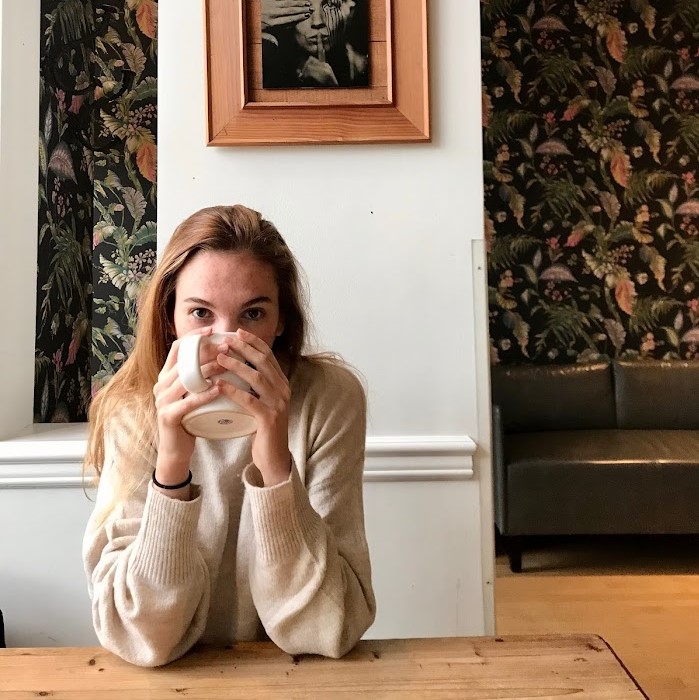More about Untitled (Woman and Child)

Contributor
Selma Burke’s Untitled (Woman and Child) was gifted to the Smithsonian American Art Museum in honor of the founding director of the Westmoreland Museum of American Art, Dr. Paul Albert Chew.
Located in Greensburg Pennsylvania, home to Brett Detar (come on you remember him from Supernatural, don’t even), the Westmoreland Museum has an interesting story and is one of the best examples of an American art museum in the country. So how come we don’t know anything about it? Long story short, the Westmoreland Museum of American Art was founded by longtime Greensburg resident Mary Marchand Woods who wanted her community to have an important cultural institution. Unlike other rich people who want to found a museum as a way to house their personal art collection, Mary did not have an art collection of her own, and instead left the amassing of the collection to the museum's founding director and board. Hot damn, that’s a museum curator’s dream come true!
Now who is this special Dr. Paul Albert Chew? Dr. Chew was a pretty admirable guy. Like any typical stand-up academic, Dr. Chew inspired thousands of students during his tenure as an art history professor, and held many fancy art museum positions, including one at MOMA before becoming the Founding Director of the Westmoreland Museum.
Burke created Untitled (Woman and Child) utilizing the traditional African practice of selecting the material based on symbolic value. The red oak Burke used to carve this piece represents the strength of the figures' relationship. Though a woman of color herself, Burke ensured this sculpture was devoid of any characteristics that allow the viewer to interpret the figures' race or ethnicity. She is quoted in Artnews 1994, "Art didn't start black or white, it just started. There have been too many labels in this world: . . . Negro, Colored, Black, African-American . . . Why do we still label people with everything except 'children of God'?" And with that, Burke reminds us that sometimes it’s not about exactly who the figures resemble, but she instead chooses to focus on the pair as a figurative symbol of the strength of the relationship between woman and child.
Sources
- Angell, Kate Luce. “People’s Museum about to Turn 50 Focus on American, Local Art as its Strength.” The Pittsburgh Gazette. April 16, 2009. Accessed December 12, 2018. https://www.post-gazette.com/local/east/2009/04/16/People-s-museum-abou…
- “Dr. Paul Albert Chew.” Greensburg Tribune Review. July 14, 2004. Accessed December 12, 2018. http://www.legacy.com/obituaries/triblive-tribune-review/obituary.aspx?….
- “Impact! The Legacy of the Women’s Caucus for Art.” Women’s Caucus for Art. Accessed December 11, 2018. http://www.nationalwca.org/shows/WCA%20LTA%20Presentation-AU2016.pdf.
- “Untitled (Woman and Child).” Smithsonian American Art Museum. Accessed December 11, 2018. https://americanart.si.edu/artwork/untitled-woman-and-child-71832.
- Vederame, Lori, Ph.D. “The Sculptural Legacy of Selma Burke, 1900-1995.” Accessed December 11, 2018. http://static1.squarespace.com/static/533b9964e4b098d084a9331e/t/544d27….











